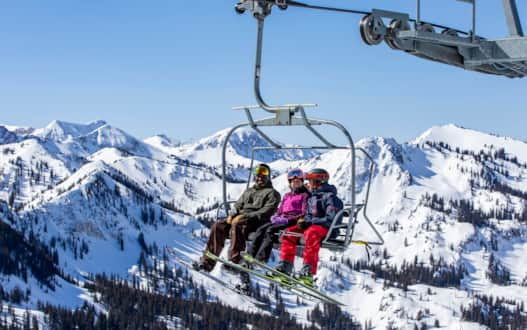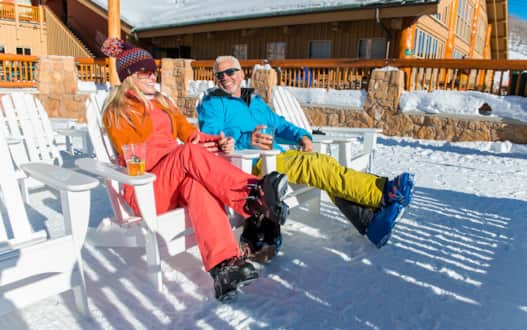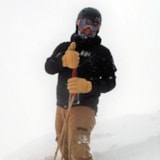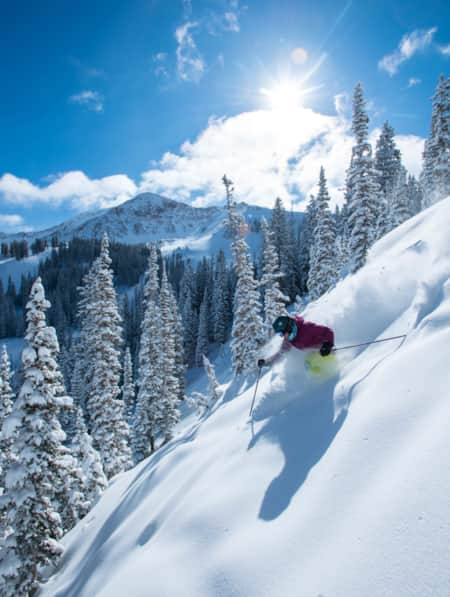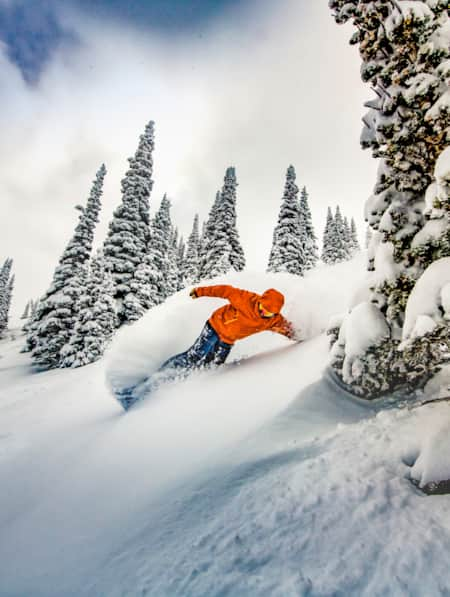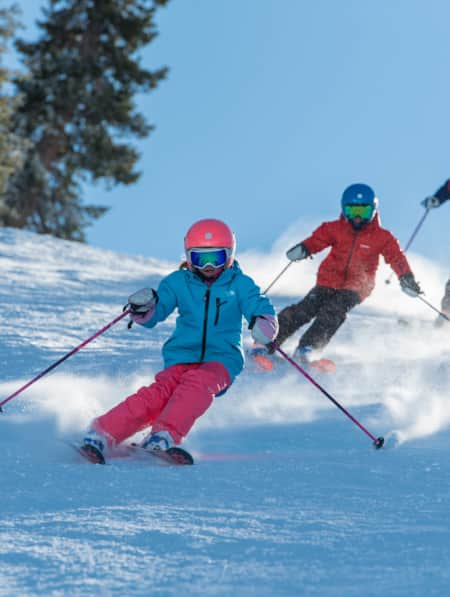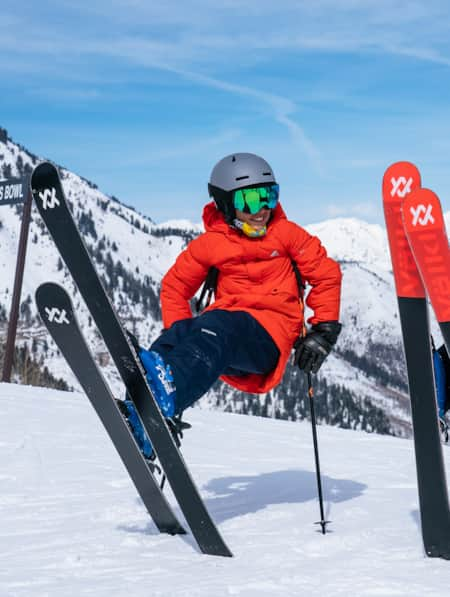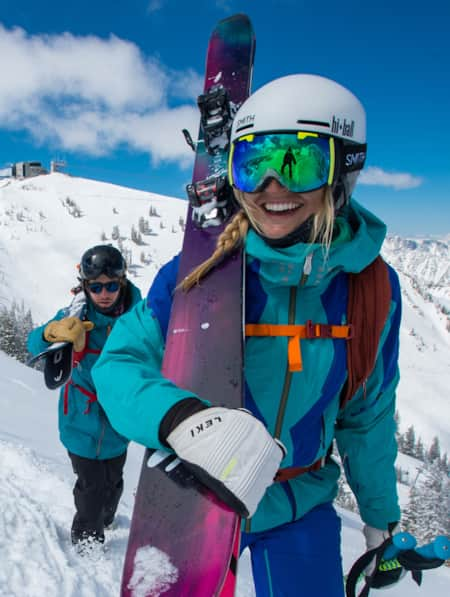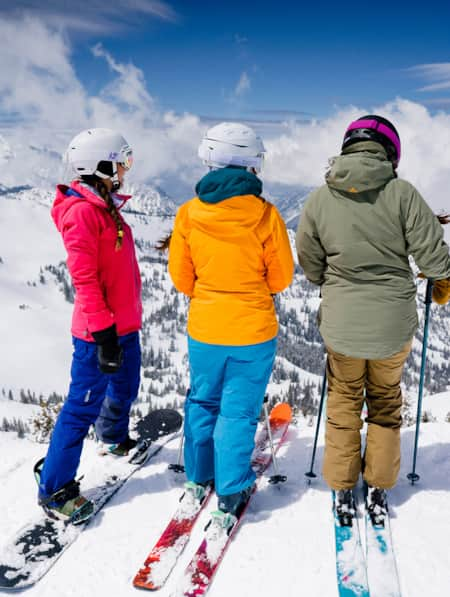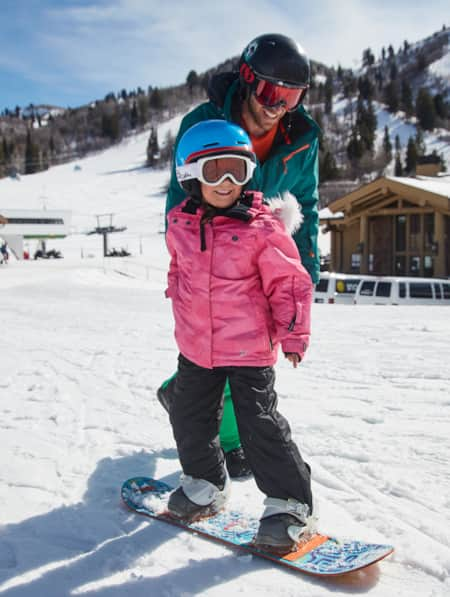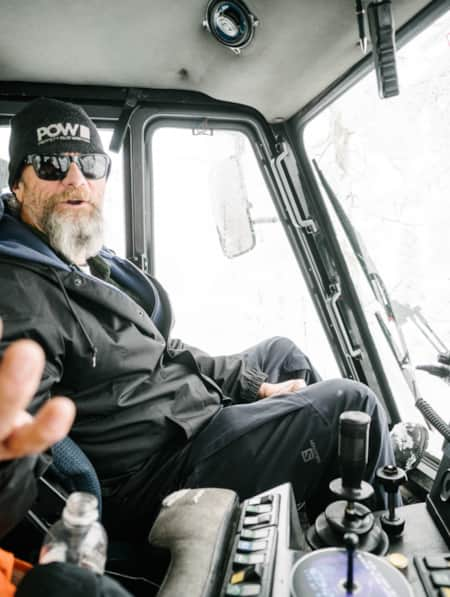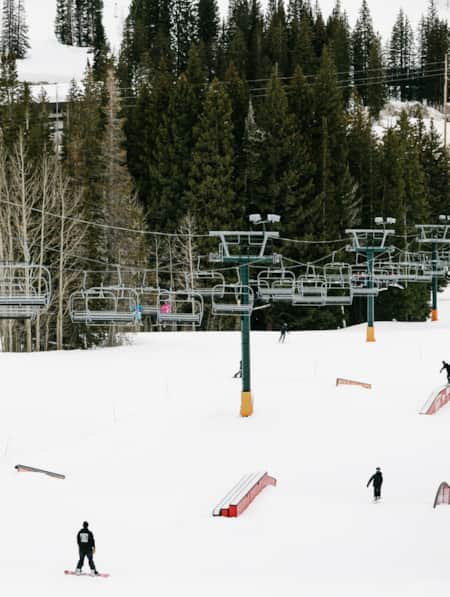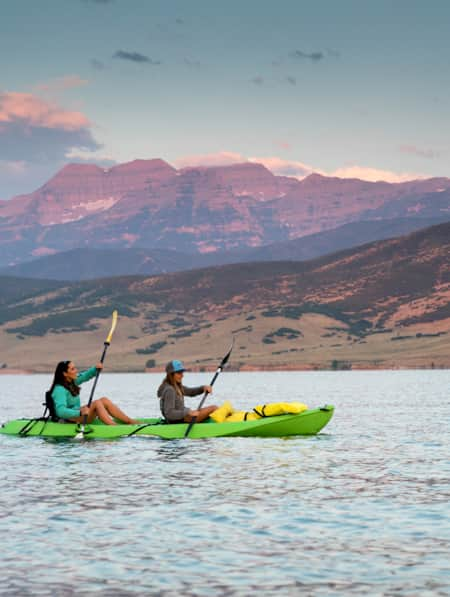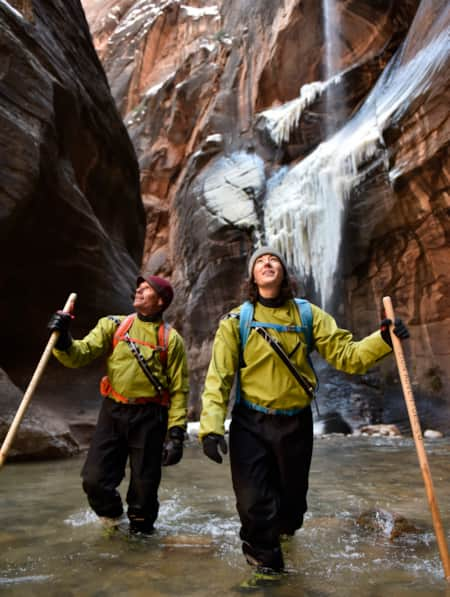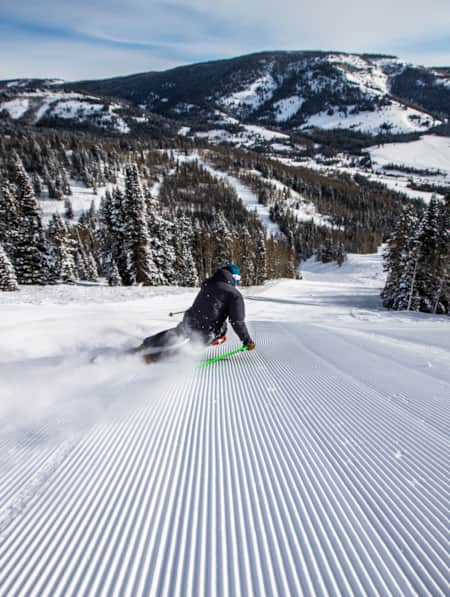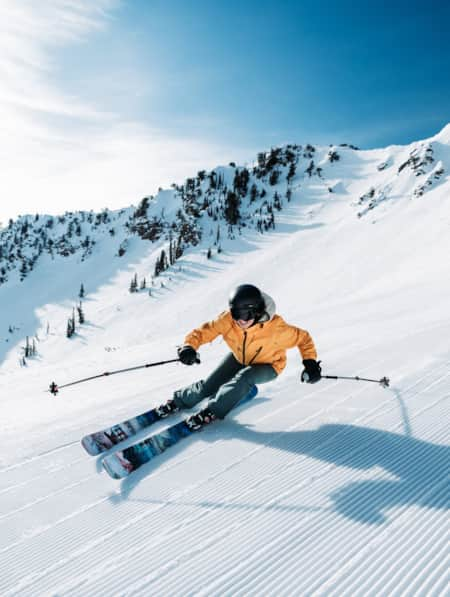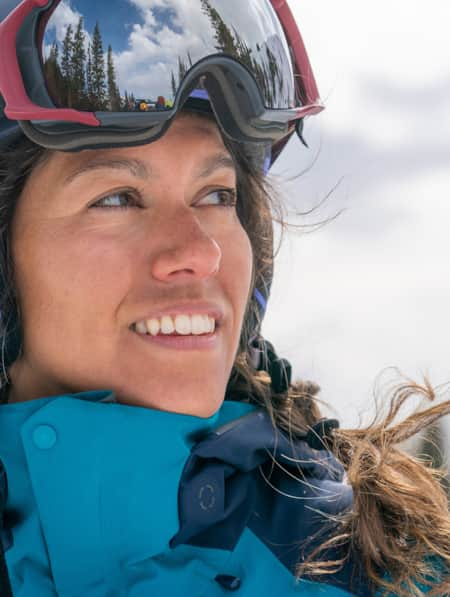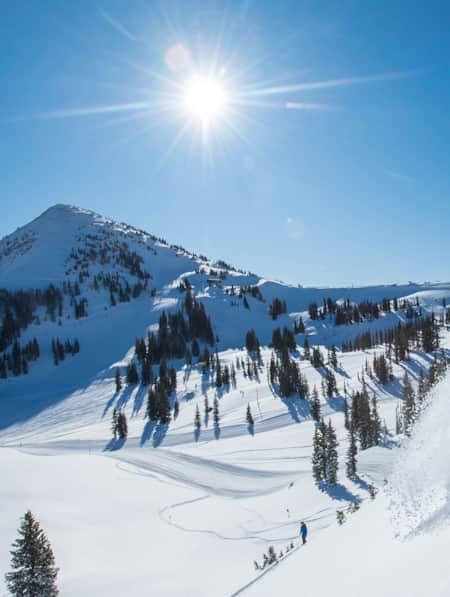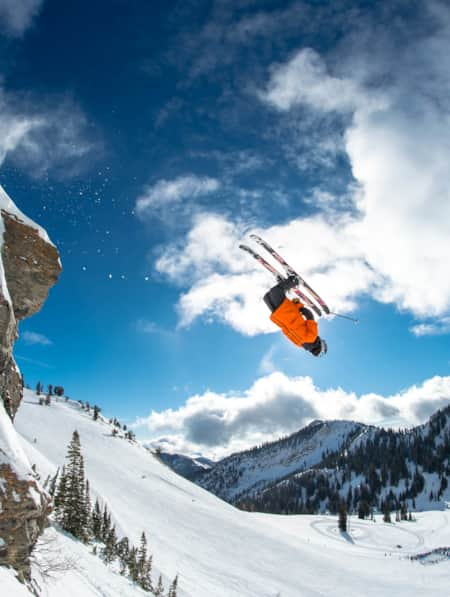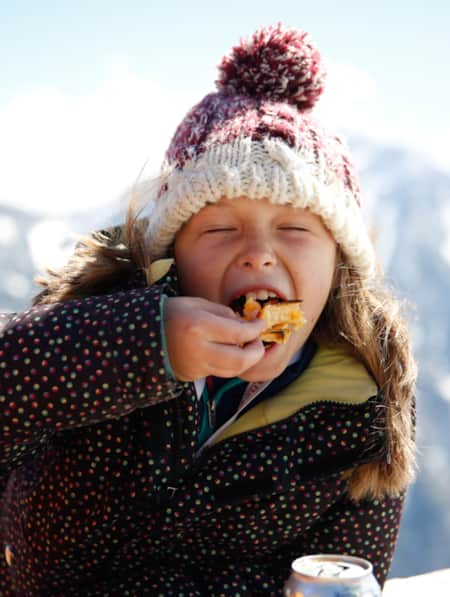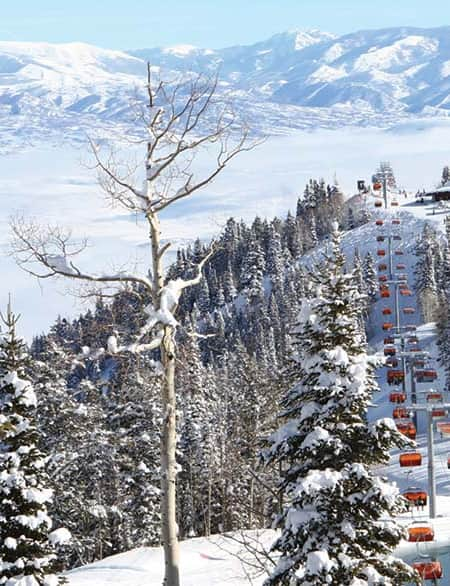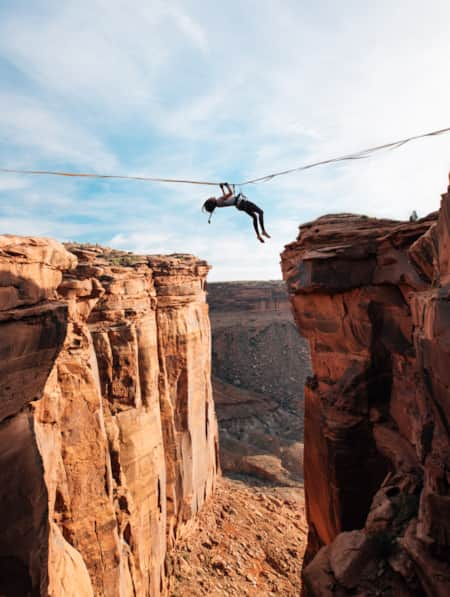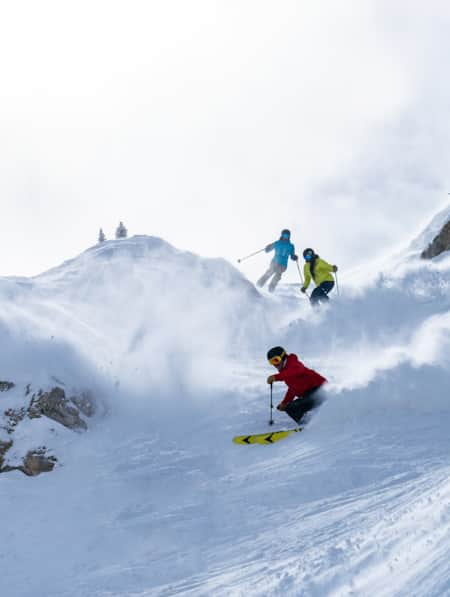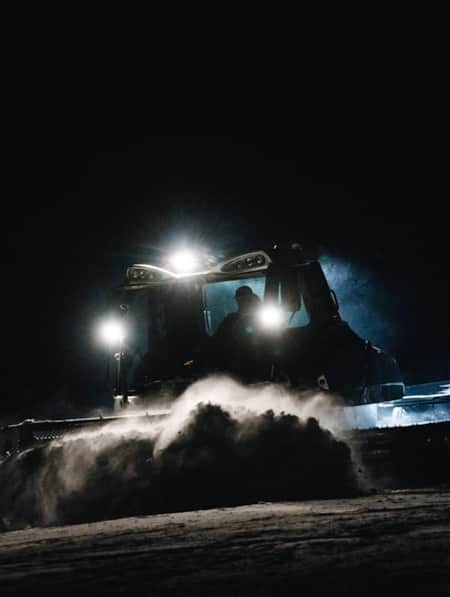5 Reasons Utah's Weather Guy Loves Spring Skiing
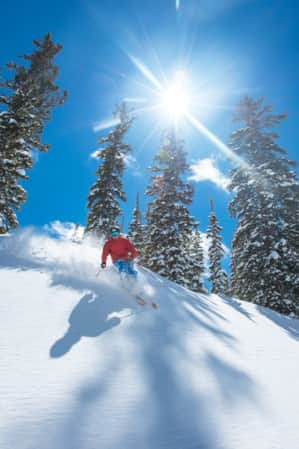
It is hard to call spring skiing in Utah a secret — many locals will happily tell you their favorite months for skiing are March and April, or even May. Still, spring skiing maintains an “under-the-radar” quality that adds to its allure. My parents always chose to do a week-long Utah ski vacation in April each year during the late 1970s and early 80s. Thus, I grew up hearing stories of their stays at The Iron Blosam Lodge at Snowbird and seeing old photos of deep Utah powder days. To this day, my father is fond of reminding me, “We never had a week where we didn’t have at least one day with a foot or more of fresh snow.”
As a ski-obsessed kid, these stories of Utah’s consistent spring powder, with gorgeous sunny days sandwiched between storms, were the genesis of my desire to make Utah my home. When I think about it, my entire career as a weather forecaster monitoring snow in Utah has its roots in these same spring trips my parents took more than 40 years ago. And here’s some of the scientific evidence to support the assertion that spring could be the best time to ski or snowboard in Utah.
"It is hard to call spring skiing in Utah a secret...[but it] maintains an “under-the-radar” quality that adds to its allure."
Why Choose Spring Skiing
Spring skiing, by definition, is the late-season period from roughly the beginning of March through April or even May. Most ski resorts close at various times in early-to-mid April. For some resorts, however, spring skiing extends further into April or even May. Snowbird Resort typically remains open through most of May, and sometimes as late as the Fourth of July in big snowfall years.
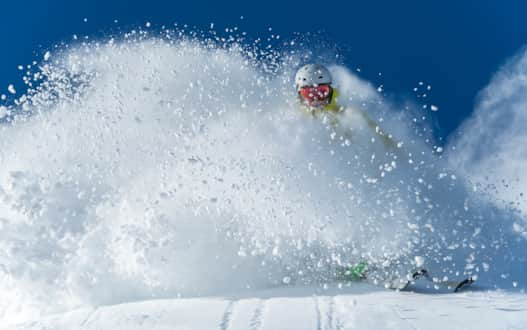
March is often the snowiest month for Utah mountains, with up to 100” falling on average.
Photo: Scott Markewitz
Snow
When you live outside of big mountains, you tend to think of spring as a time when the snow melts, grass turns green and flowers bloom. In Utah’s high elevations, however, spring is a season where it continues to snow and the snowpack continues to get deeper. In fact, our deepest snow base usually does not occur until April or even early May in a few areas. This includes Southern Utah mountains, where the high elevations of the resorts allow for deep snow to continue to pile up well into the spring season. More snow means more terrain. Resorts typically have close to 100 percent of their terrain open during the spring. March is often the snowiest month for our mountains with up to 100” falling on average (Read: Winter Magic, Magnified). Copious snow falling during a time with maximum skiable acreage is a recipe for a good time. April continues to see frequent storms with many locations averaging over 60” of additional snow. We even get a few powder days in May every year! Because of this, it is also important to always be prepared for winter conditions, even if the calendar says it’s spring (Read: How to Prepare for Your Utah Ski Vacation).
Fewer People
Lift lines during the late season are rare. Despite how much new snow we get, or how deep the base is, people tend to think less about planning ski trips later in the season. For many outside of Utah, the idea that the best conditions of the season could be in late March or April is unthinkable. Even locals often find themselves moving on to other activities as temperatures warm in the valleys. Because of this, I’ve always found it to be the perfect time to escape into the mountains and find solitude.
Longer, Sunny Days
While snow storms are frequent in spring, we also get plenty of sunny days in between. During these days, skiers are treated to sweeping vistas of the mountains and often warm temperatures even at the highest elevations. In spring, I employ a “follow-the-sun'' model to ski soft snow. In the early morning, I ski south and east-facing slopes that soften up early with sun. Then, as the sun rises higher in the sky, I move to the north and west-facing aspects as they begin to soften. Several sunny days in a row create corn snow. Corn snow is formed by the repeated melting of snow at night and thawing during the day. This forms loose “pellets” on the snow surface that allow for smooth and fast ski conditions. Corn snow conditions often feel like miniature powder days due to the soft feeling underfoot when skiing or riding. After a day of exploring the mountain, there’s also no feeling like sitting outside in the sun-filled apres ski during the springtime.

After a morning of spring skiing, try a sunset mountain bike ride on one of Salt Lake City's foothill trails
Photo: Jay Dash
Other Recreational Activities
Spring ski trips also allow skiers and snowboarders to take advantage of other outdoor recreational opportunities. Utah is famous for allowing one to ski and golf on the same day (Read: Ski and Golf Same Day Utah). Each spring, I try to complete what I refer to as the “triple threat,” which involves partaking in three separate outdoor activities in one day. Usually, I ski in the morning, golf in the afternoon and do a sunset mountain bike ride on one of Salt Lake City's foothill trails. You can also combine your Utah ski vacation with a short half-day drive to Southern Utah, where national parks await (Read: Ski Into Summer).
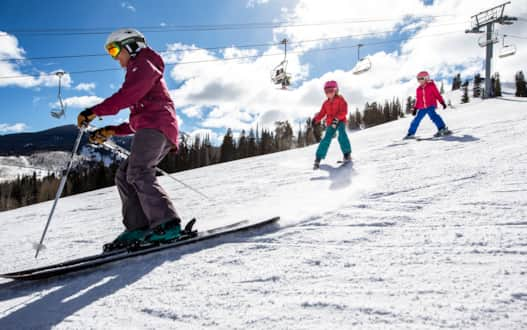
Spring is the perfect time to take a ski lesson, when there is typically more availability.
Photo: Jay Dash
Lodging and Ski Lesson Deals
Due to lower demand in the spring, you can often find fantastic deals on lodging, lift tickets and ski lessons. It is much more affordable to stay at one of Utah’s many mountain lodges and get the full ski experience during spring than it may be mid-winter. You may also find it is the perfect time to take a ski lesson when there is typically more availability (Read: Locals Know Why Ski School is Cool). You are also more likely to have warmer, sunnier days in the spring than in winter. I have found that learning to ski or snowboard is more enjoyable on sunny, warm days in spring than during winter. Sun-softened snow is also a better surface for beginners than either hardpack or powder that you get on colder, winter days.
"Abundant snowfall on a deep snowpack with plentiful sunny days between storms is a perfect forecast for good skiing or snowboarding."
The Basics
-
Ski & Snowboard FAQs
Are you planning your cold-weather vacation to Utah? Find winter travel tips on highway safety, liquor law information, skiing and snowboarding gear.
-
Utah Snow Report
Is it snowing? We certainly hope so. Check snow reports, weather forecasts, road conditions and live webcams for all of Utah’s 15 world-class ski resorts.
-
Where to Stay
Explore ski-in/ski-out lodges and downtown hotels. With so many places to stay for a Utah ski trip, it’s easy to find affordable or luxury options.
-
Winter Activities
Winters in Utah may be known for having The Greatest Snow on Earth®, but there is so much more to explore off the slopes.
